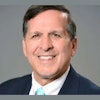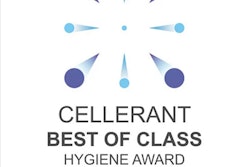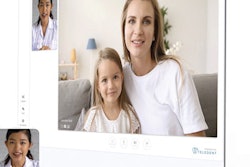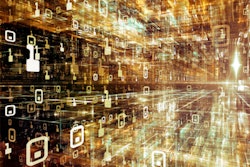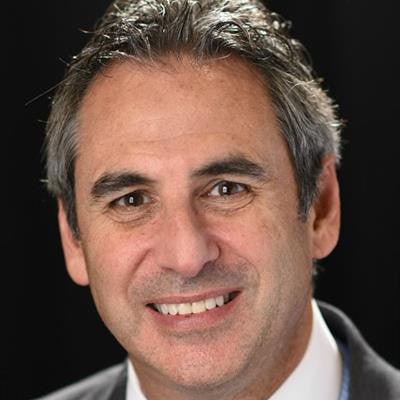
Teledentistry has come a long way in a short period of time, due to the COVID-19 pandemic. Teledentistry applications aggregate and integrate several components of digital dentistry, including digital imaging, electronic health records, and telecommunications technology, using an internet connection to link dental clinicians and their patients or dental clinicians with their colleagues.
What started off as a solution designed primarily for public health service settings has become a useful, and sometimes indispensable, tool for private practices to enhance patient reach and connectivity during the pandemic.
Teledentistry can be a safer way to interact with patients during these difficult times by limiting physical contact with patients when appropriate. It can also increase efficiency for both patients and dentists when used for remote monitoring and triage and consultation.
Stage 1: Pre-COVID-19
Before the pandemic, teledentistry was a niche idea used primarily by those in public health services and mobile dentistry as a way to expand care to underserved populations.
 Dr. Marty Jablow.
Dr. Marty Jablow.The underlying concept was for a hygienist to travel to a patient who was located many miles from the office, and then be virtually connected to the dentist in his or her office.
Thanks to the teledentistry connection, the hygienist could compile and share periodontal charting, radiographs, intraoral photos, and other documentation with the dentist and discuss any required treatment beyond the scope of services that can be provided by the hygienist and must be provided by the dentist. Thus, the dentist can examine and evaluate the patient using real-time video (synchronous mode) or recorded video scheduled for later review when it is more convenient (asynchronous).
This virtually enhanced workflow is similar to a normal hygiene check when the patient is sitting in the practice exam room but, in many ways, is more efficient.
Progressive private practice dentists saw the application of teledentistry a little differently. Their primary interest was to be able to remotely monitor patients after treatment and to improve specialist collaboration. It must be noted that these were dentists on the bleeding edge, looking for ways to become more efficient and profitable via technology and new practice models.
In addition to the early adoption by the most tech-savvy dentists, teledentistry's growth was further accelerated by patients who embraced the convenience of substituting a virtual consultation for an in-office postoperative check where the drive to the office is often longer than the actual visit.
Plus, teledentistry enables dentists to work more efficiently. For example, they can quickly triage a chipped tooth, which can mean a simple procedure, and quickly pivot to developing a treatment plan for a more complex and profitable procedure, while being able to schedule the appropriate appointment time for each patient.
Stage 2: During the lockdown
Teledentistry was a lifeline during the COVID-19 lockdown as a way to stay in contact with patients who were having real or perceived dental issues and also to help control access to dental facilities and emergency rooms.
In many instances, patients were hearing from the media that dental offices were closed and were assuming their dentist was not in. This might have been true in some cases, but most dental offices were open for emergencies.
Throughout the lockdown, current and prospective patients alike would call dental offices with concerns about their dental health and often felt lost or abandoned. They were also very apprehensive of contracting COVID-19 from their dental visit when the mainstream media began reporting for the first time on the danger of dental aerosols.
Teledentistry was the leap in technology that enabled face-to-face contact without personal protective equipment (PPE) and with zero risk. This allowed the dentist to remotely address the patient's concerns while keeping the patient and dental team safe.
When a true dental emergency existed, the dentist could triage the patient and schedule the appropriate time and staffing in an effort to mitigate risk. Virtual encounters also preserved PPE supplies.
Soon, teledentistry jumped in popularity as dental practice owners recognized that this technology provided a viable way for them to interact with patients. Many new companies jumped into the space along with the companies that were at the forefront of teledentistry in the early days, such as Cellerant Best of Class Technology Award winner TeleDent by MouthWatch.
Stage 3: COVID-19 recovery and beyond
Teledentistry is now becoming a new standard for providing part of a patient's dental treatment. Understanding how to use this technology to bring the patient into the office (only when necessary) will foster the perception of your office as being a safe place and recognizing that the patient's time is also valuable.
By using teledentistry, we can get past the mask for new patients who, during the pandemic, will never see the dentist in less than full PPE. This virtual encounter prior to the first physical appointment humanizes the experience and facilitates a more efficient first appointment that incorporates a brief conversation about the patient's chief complaint or other dental concerns.
A first visit with the dentist via teledentistry can also reduce the number of no-shows for the first appointment, as the new patient has already committed time to the teledentistry visit. If the patient does not schedule or misses the teledentistry appointment, there is a higher likelihood that he or she may miss the physical appointment.
Another area where teledentistry is expanding is for the convenience of the patient and doctor for postoperative visits. Eliminating these in-office check visits makes things more convenient for both the patient and the dentist.
Scheduling can be more efficient and cost-effective. Bringing in a patient for a postoperative visit during the pandemic requires a great deal of staff time and expense. By scheduling a video call, most issues can be resolved without patients having to call to see if it is safe to enter the office, go through the COVID-19 screening questionnaire, have their temperature taken, etc.
Real-time consultations between the dentist and specialists will also reduce the time a patient may potentially spend in a dental office by having better communication between providers prior to the patient presenting at the specialty office.
Patients like to know that the specialist and the general dentist have already consulted on their treatment prior to their specialty appointment. It significantly raises their level of confidence and reduces anxiety.
Currently, we are in the second wave of the pandemic. This could necessitate another lockdown, emergency dentistry-only scenario. Being prepared for this possibility will ensure that your dental office can continue to operate, albeit in a reduced capacity, in a safer and more efficient environment for the benefit of the patient and the practice.
Dr. Marty Jablow practices general dentistry in Woodbridge, NJ. As the chief development officer of Cellerant Consulting Group, he lectures and writes articles on the use of technology to enhance the practice of dentistry. He can be reached via email at [email protected].
The comments and observations expressed herein do not necessarily reflect the opinions of DrBicuspid.com, nor should they be construed as an endorsement or admonishment of any particular idea, vendor, or organization.



